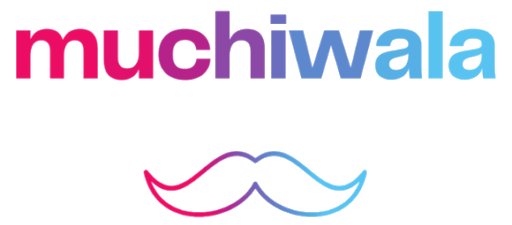Web Accessibility
In today’s digital age, the internet serves as a gateway to information, services, and opportunities for people around the world. However, not everyone experiences the web in the same way. For individuals with disabilities, accessing and navigating websites can present significant challenges. This is where web accessibility comes into play. In this blog post, we’ll explore the concept of web accessibility and discuss why designing websites for all users is not just a legal requirement but also a moral imperative.
Understanding Web Accessibility
Web accessibility refers to the practice of designing and developing websites in a way that ensures equal access and usability for people of all abilities. This includes individuals with disabilities such as visual, auditory, motor, or cognitive impairments. The goal of web accessibility is to remove barriers that may prevent people with disabilities from accessing online content and services, thereby promoting inclusivity and equal participation in the digital world.
The Importance of Web Accessibility
Web accessibility is not only a matter of legal compliance but also a fundamental aspect of ethical and inclusive web design. By making websites accessible to everyone, businesses and organizations can reach a wider audience and provide equal opportunities for engagement and participation. Moreover, accessible websites benefit all users, not just those with disabilities, by improving usability, user experience, and overall satisfaction.
Principles of Web Accessibility
The Web Content Accessibility Guidelines (WCAG), developed by the World Wide Web Consortium (W3C), provides a set of internationally recognized standards for web accessibility. These guidelines are organized around four principles:
- Perceivable: Information and user interface components must be presented in a way that can be perceived by all users, regardless of their sensory abilities. This includes providing alternative text for images, captions for videos, and clear, distinguishable content.
- Operable: User interface components and navigation must be operable by all users, including those using assistive technologies such as screen readers or voice commands. This involves ensuring keyboard accessibility, providing sufficient time for interaction, and avoiding content that may cause seizures or physical reactions.
- Understandable: Information and operation of the website must be understandable to all users, regardless of their cognitive abilities or language proficiency. This includes using clear and concise language, providing consistent navigation, and offering instructions and feedback that are easy to understand.
- Robust: The website must be robust enough to work across different browsers, devices, and assistive technologies. This involves using standardized code, adhering to web development best practices, and ensuring compatibility with accessibility features built into operating systems and browsers.
Common Accessibility Barriers
Despite the importance of web accessibility, many websites still contain barriers that prevent people with disabilities from fully accessing and using online content. Some common accessibility barriers include:
- Lack of Alternative Text:
Images without alternative text make it difficult for visually impaired users to understand the content of the image.
- Inaccessible Forms:
Forms that are not properly labeled or structured can be challenging for users with mobility or cognitive impairments to complete.
- Poor Color Contrast:
Low color contrast between text and background can make it difficult for users with visual impairments to read the content.
- Inaccessible Multimedia:
Audio or video content without captions or transcripts may be inaccessible to users who are deaf or hard of hearing.
- Designing Accessible Websites:
Designing accessible websites requires a holistic approach that considers the diverse needs and abilities of users. Some key principles and techniques for designing accessible websites include:
- Semantic HTML:
Use semantic HTML markup to structure content in a way that is meaningful and accessible to assistive technologies.
- Keyboard Accessibility:
Ensure that all functionality of the website can be accessed and operated using a keyboard alone, without requiring a mouse or other pointing device.
- Color Contrast:
Use high-contrast colors for text and background to ensure readability for users with visual impairments.
- Descriptive Link Text:
Use descriptive and meaningful link text that provides users with clear information about the destination of the link.
- Accessible Forms:
Use proper labeling, grouping, and error messaging to make forms accessible to users with mobility or cognitive impairments.
- Alternative Text:
Provide descriptive alternative text for images to ensure that visually impaired users can understand the content of the image.
Conclusion
In conclusion, web accessibility is an essential aspect of modern web design that ensures equal access and usability for people of all abilities. By designing websites with accessibility in mind, businesses and organizations can promote inclusivity, reach a wider audience, and provide a better user experience for everyone. As we continue to embrace the digital age, let us strive to create a web that is accessible to all, leaving no one behind.


